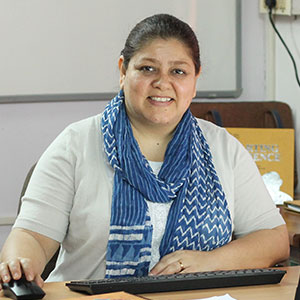The recent three-day collaborative sprint brought together geospatial experts, developers, and data practitioners from both public and private sectors, all united by a shared mission—to advance the Integrated Geospatial Data-sharing Interface (GDI) and enrich the geospatial developer ecosystem. Hosted as a focused, hands-on sprint, the event was packed with coding, testing, discussions, and meaningful breakthroughs.
Day 1: Setting the Stage
The sprint kicked off with insightful introductions to the GDI and its alignment with Open Geospatial Consortium (OGC) standards. This foundational session set the tone for a deep dive into technical challenges and integration strategies.
Four dedicated teams were formed, each tackling a specific focus area critical to expanding the reach and capability of GDI:
- Integrating GDI OGC APIs into Hexagon M.App Enterprise
Hexagon M.App Enterprise is a key visualization and analytics tool, and this integration aimed to bridge GDI’s APIs with its powerful platform. - Enhancing STAC APIs
STAC (SpatioTemporal Asset Catalog) is central to geospatial metadata interoperability. The team focused on extending functionality and improving access. - MVT Tiles Integration in pygeoapi PostgreSQL Provider
Leveraging pygeoapi, this task aimed to boost vector tile support for efficient, interactive web maps. - Advancing the GDI Python SDK and Data Quality Feedback
The SDK team targeted usability improvements, developer tools, and mechanisms for feedback on data quality.
Day 2: Building Momentum
The second day saw teams deeply immersed in development and dialogue, with major progress across all fronts:
- OGC Features API in GDI was successfully integrated into Hexagon M.App Enterprise, enabling intuitive dashboards and a no-code interface for users.
- MVT Tiles Integration made strong progress, with metadata APIs completed and data access APIs nearing readiness.
- The GDI Python SDK entered compliance testing with the OGC Features API, while installation processes were streamlined for pip-based deployment.
- India’s Data Dissemination Guidelines were actively discussed, focusing on how best to align with national metadata standards to improve accessibility and interoperability.
Day 3: Wrapping Up with Impact
The final day was a sprint to the finish line, with teams solidifying their contributions and reflecting on their learning:
- Hexagon M.App Enterprise & OGC Features API integration was successfully tested—highlighting the simplicity of the new APIs compared to legacy Web Feature Services (WFS).
- The MVT Tiles team prepared a final pull request (PR) to pygeoapi, wrapping up their integration work with insightful discussions along the way.
- GDI SDK now supports both CLI and programmatic interfaces, enhancing its versatility and bolstering its role in analytics pipelines.
- A draft of the updated Government Data Dissemination Guidelines is now ready for review, marking a significant milestone in improving data governance and usability.
Looking Ahead
This sprint wasn’t just about solving technical challenges—it was about building community, fostering collaboration, and setting a roadmap for the future of geospatial data sharing in India. With strong momentum and promising results, the teams are now poised to continue this journey toward open, accessible, and interoperable geospatial data systems.
Stay tuned as we continue to advance the GDI platform and empower developers, governments, and communities alike with powerful tools for the public good.
Related Posts

- GDI
- May 6, 2025
A Geospatial Framework for Integrated Groundwater Quality Assessment Using Piper Plot and Water Quality Index
Introduction Groundwater forms the backbone of water security for millions across India, servin ..

- GDI
- March 24, 2025
Flood Inundation Modelling
Flood inundation refers to the submergence of land areas due to rising water levels during extr ..

- GDI
- March 24, 2025
Simple Routing – Compute Distance, Duration And Shortest Path Along Road Between Two Points
Routing is an essential component of modern mapping and navigation systems, enabling users to f ..




























